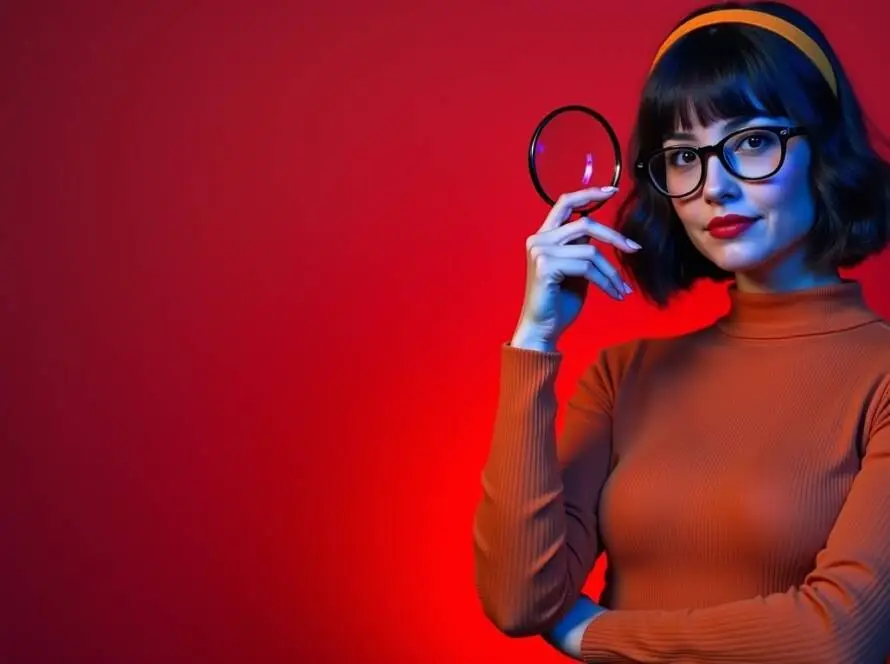The history of vampires is a captivating journey through various cultures and centuries, making them an iconic part of Halloween celebrations. As creatures of the night, vampires symbolize horror and mystery, perfectly fitting the spooky spirit of the season. Here’s an overview of how vampire lore has evolved and its connection to Halloween.
Ancient Roots
Mesopotamia: The earliest references to vampire-like creatures can be traced back to ancient Mesopotamian myths. Entities such as the Lamashtu were believed to prey on infants and pregnant women, creating early associations with vampiric behavior.
Egypt: In ancient Egypt, the goddess Sekhmet was known for her bloodthirsty nature, often depicted drinking the blood of her enemies. This strong connection to blood and violence links her to early concepts of vampirism.
Folklore and Legends
Eastern Europe: The modern concept of the vampire largely stems from Eastern European folklore, particularly in countries like Romania and Hungary. Creatures like the Strigoi and Nosferatu were believed to be the undead who rose from their graves to feed on the living, resonating deeply with Halloween themes.
Slavic Traditions: In Slavic cultures, vampires were depicted as revenants—beings returning from death to seek revenge or fulfill unresolved business. These stories heightened fears about the supernatural, making them popular during Halloween.
The Vampire Panic
- 18th Century: The vampire craze peaked in the 18th century, especially in Eastern Europe. Reports of vampire sightings led to public panic and the exhumation of corpses to check for signs of vampirism. During Halloween, these tales of horror are revived and dramatized, enhancing the spooky atmosphere.
Literary Influence
“The Vampyre” (1819): John Polidori’s short story introduced the concept of the aristocratic vampire, influencing future portrayals in literature and setting the stage for more refined vampire characters in Halloween narratives.
“Dracula” (1897): Bram Stoker’s novel solidified the modern vampire archetype, combining folklore with Gothic elements. Count Dracula represents the quintessential vampire—charming, immortal, and thirsting for blood, making him a favorite figure in Halloween costumes and decorations.
20th Century and Beyond
Film and Media: Vampire films took off in the early 20th century, starting with “Nosferatu“ (1922) and followed by “Dracula” (1931). These films shaped the portrayal of vampires in popular culture and are often revisited during Halloween viewing parties.
Pop Culture: Vampires have evolved significantly in popular culture. Series like “Buffy the Vampire Slayer” and “Twilight” brought new dimensions to vampire narratives, often intertwining themes of romance and morality. This evolution keeps the vampire lore fresh and engaging during Halloween.
Modern Interpretations
Diverse Representations: Today, vampires are depicted in many ways, from terrifying monsters to sympathetic anti-heroes. Modern portrayals delve into themes of immortality, identity, and the human condition, enriching the Halloween experience.
Cultural Variations: Different cultures contribute unique interpretations to the vampire mythos. For example, the Chupacabra in Latin America and the Jiangshi in Chinese folklore offer different takes on vampiric legends, adding layers to Halloween traditions across cultures.
Conclusion
Vampires have a significant role in Halloween celebrations, embodying themes of horror, transformation, and the battle between good and evil. The evolution of vampire lore, from ancient myths to modern interpretations, reflects societal fears and desires. As a central figure in Halloween lore, vampires continue to captivate our imagination, enriching the spooky spirit of the season with their timeless legends.
Disclaimer:
The information provided in this blog is for informational purposes only and should not be considered professional advice. While we strive to provide accurate and up-to-date information, we make no guarantees about the completeness or reliability of the content. Any actions you take based on the information in this blog are at your own risk. Additionally, this blog may contain affiliate links, and we may earn a commission from purchases made through those links.



